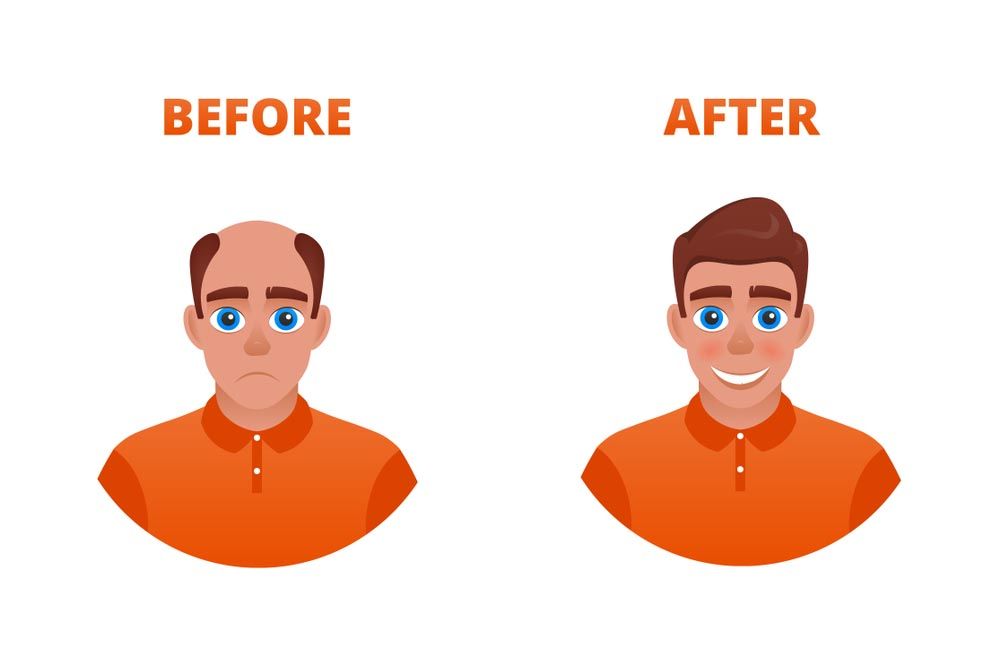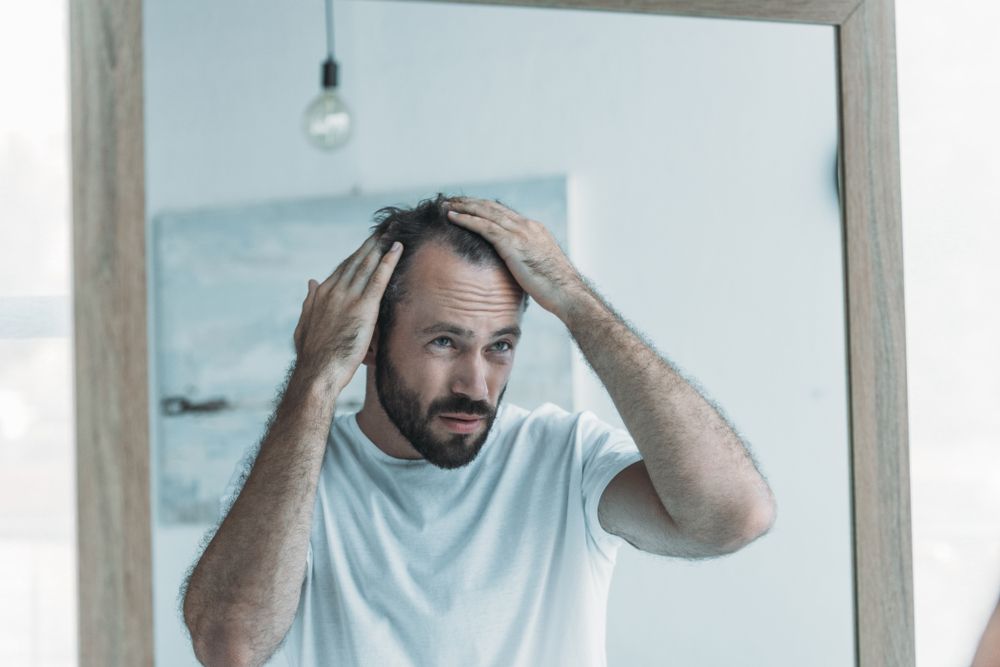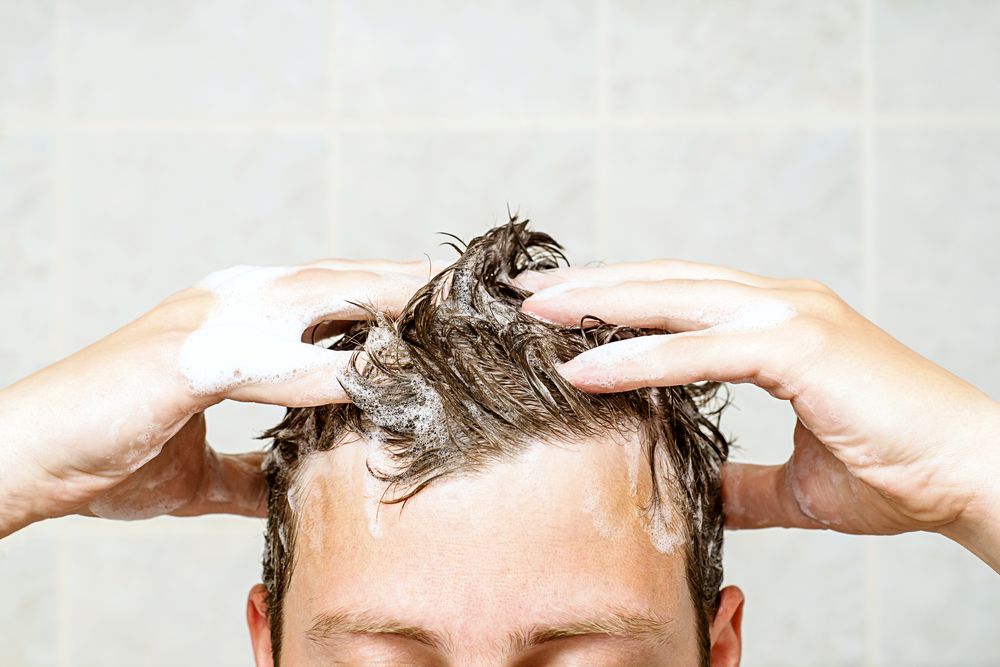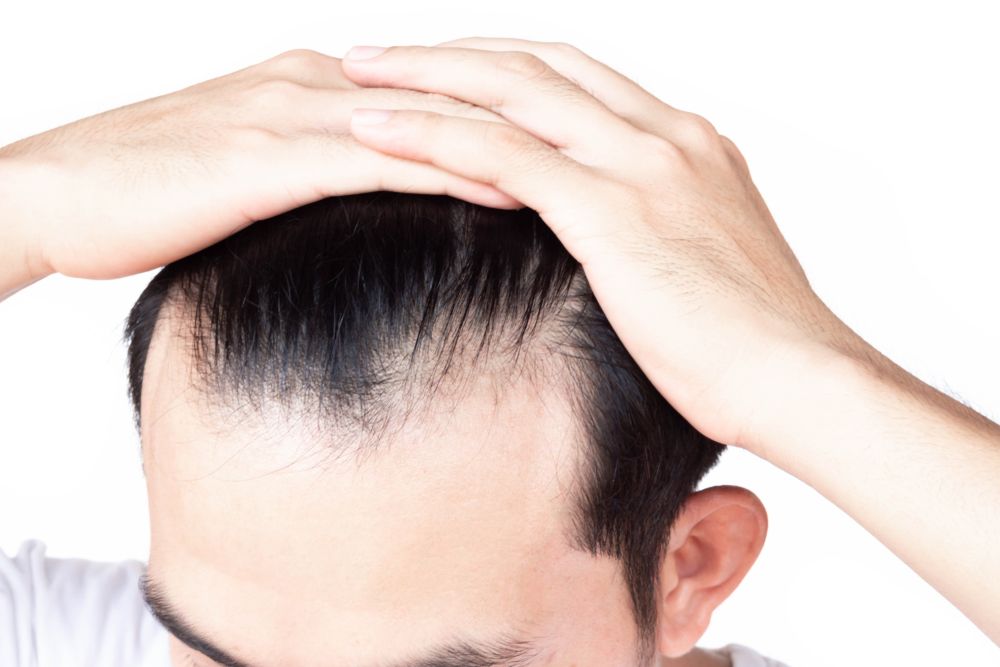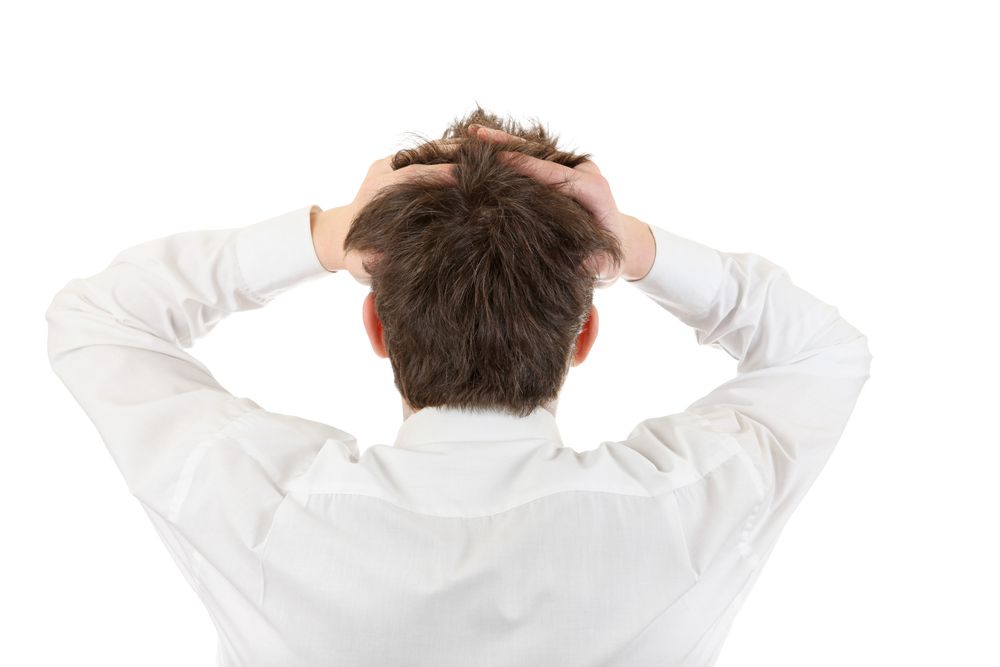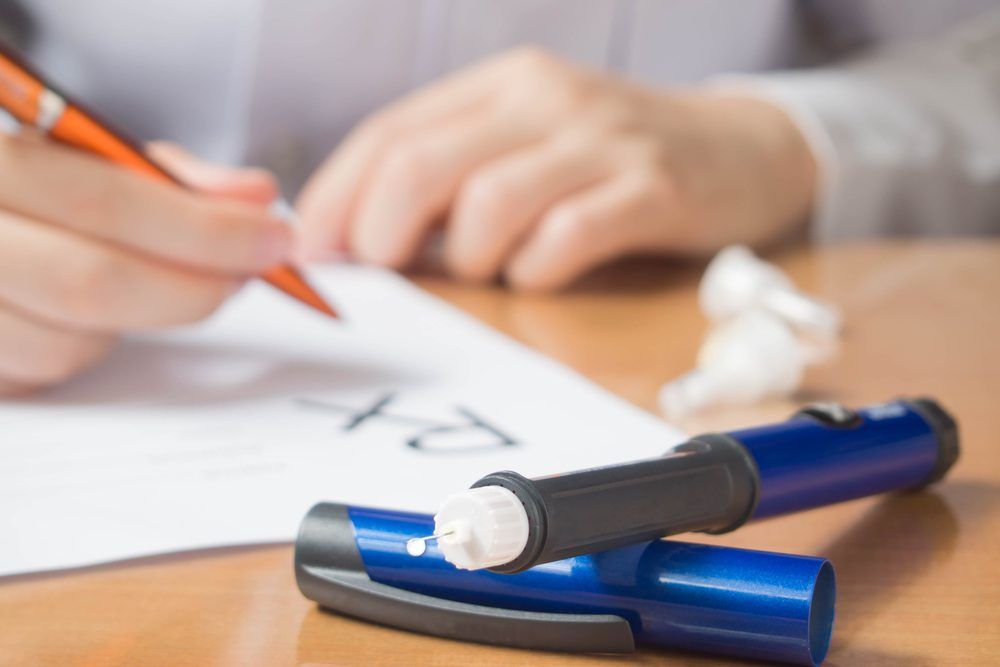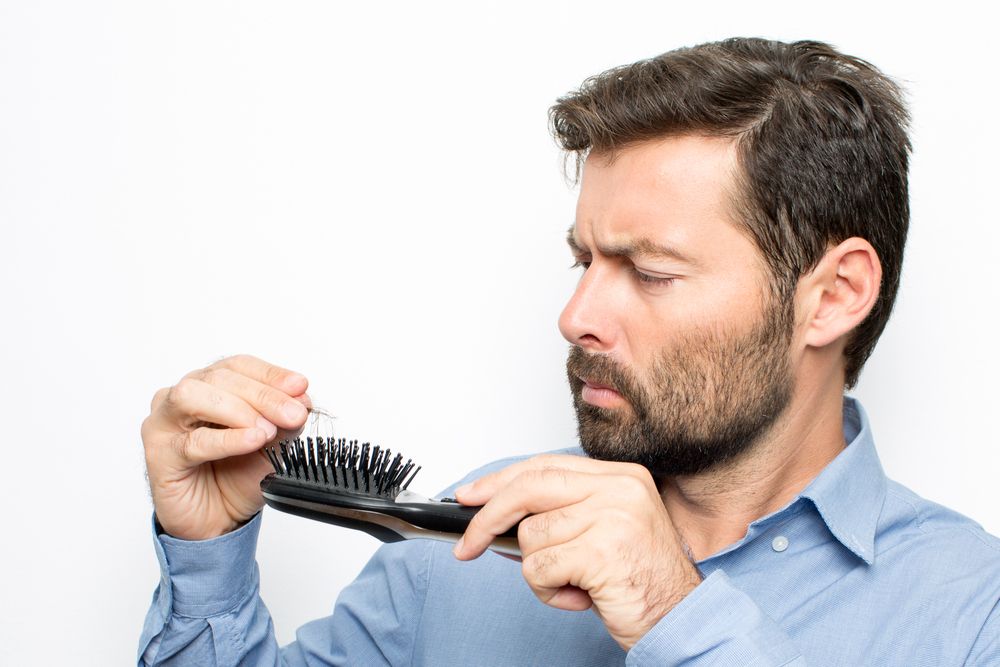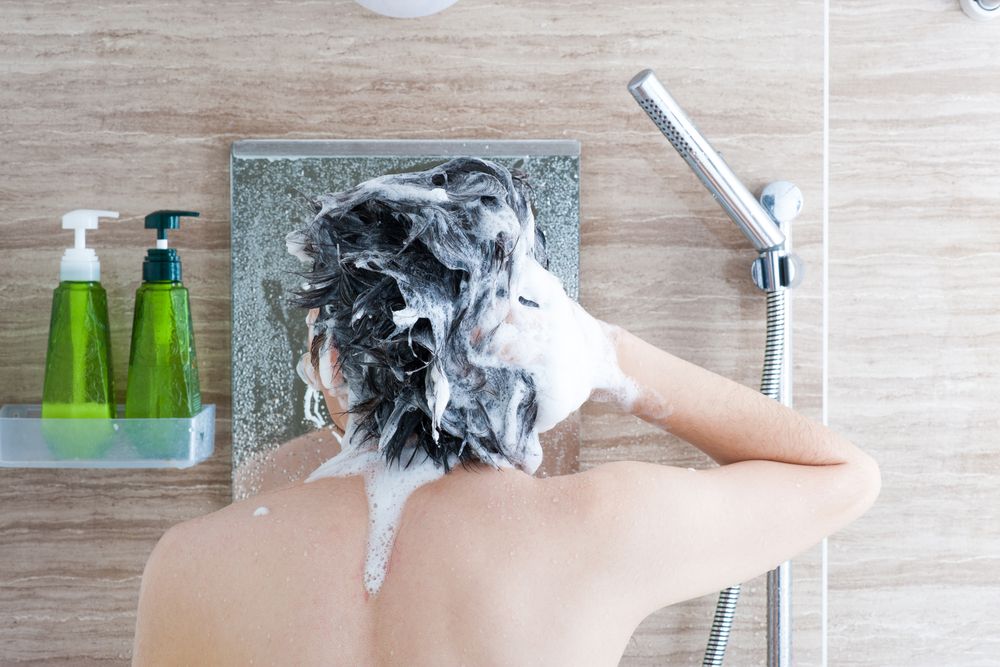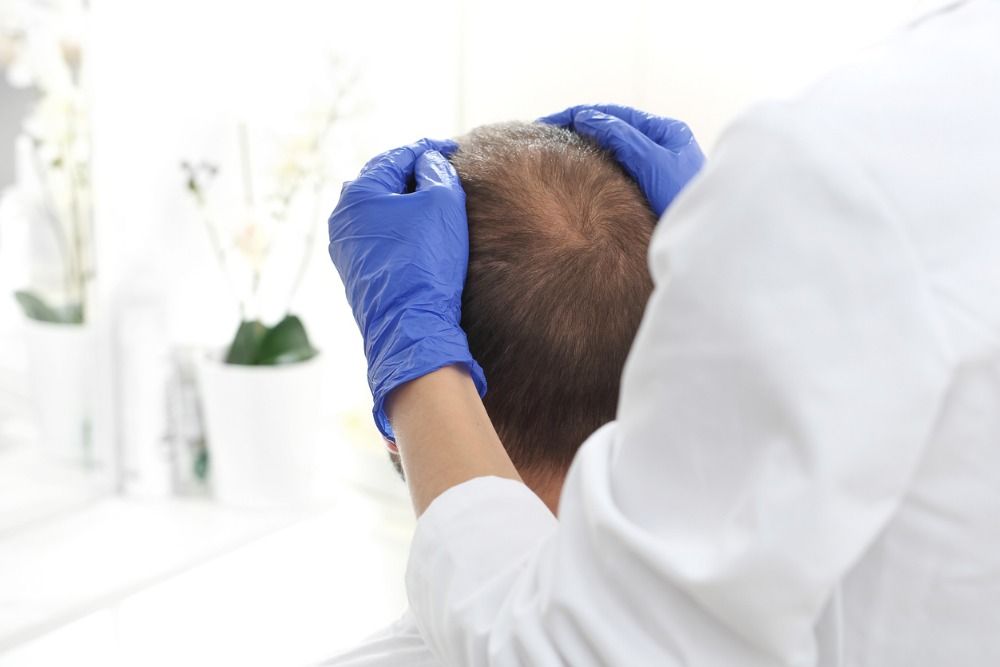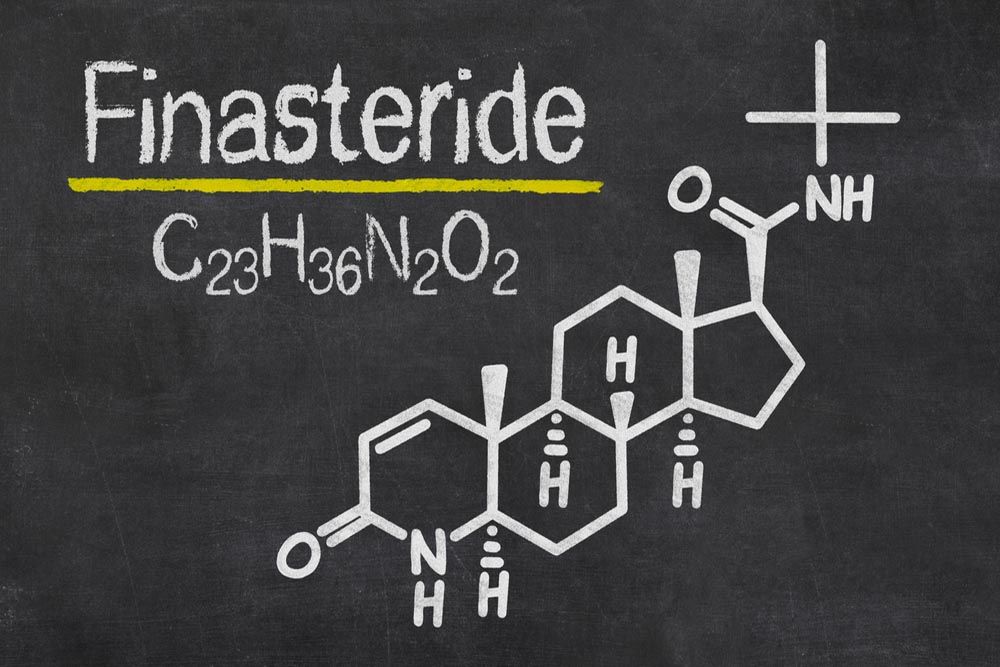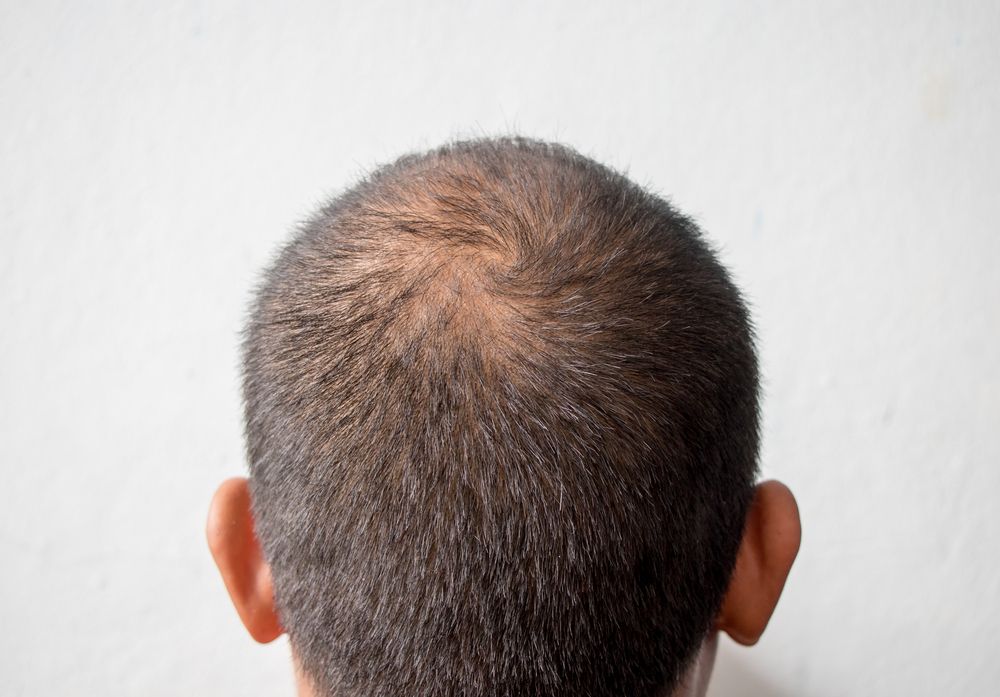Minoxidil is a drug used to treat androgenetic alopecia, a condition that can lead to hair loss. (Learn More) While its exact mechanism is not fully understood, it has been verifiably shown to be effective in preventing and even reversing some hair loss caused by the condition.
While androgenetic alopecia is sometimes called male pattern baldness, it can also affect women. The medication can help people with that condition regardless of sex. (Learn More)
Minoxidil is not without downsides. High doses can cause serious problems, and even regular use can cause some irritation and skin problems.
If you experience symptoms that seem serious, you should stop using minoxidil until talking to a doctor. Most users will not experience significant symptoms if they follow the product’s instructions. (Learn More)
When using minoxidil, always follow the provided instructions and any advice your doctor gave you.
The product comes in two primary forms: foam and solution. The best choice for you depends on your needs. Make sure you properly understand how to dry your hair if you use the solution.
Both products require that you wash your hands thoroughly after use. While minoxidil is not extremely dangerous, it is not good to have it on your skin for long periods of time. (Learn More)
Minoxidil
Minoxidil is a drug intended to treat androgenetic alopecia. It is commonly sold in the United States under the brand Rogaine.
Androgenetic alopecia is commonly called male pattern baldness when it manifests in men. That said, androgenetic alopecia can also affect women. Minoxidil is used for both men and women who have the condition.
Minoxidil is not intended to broadly treat baldness in general. It is meant to help with a specific condition. It does not help with receding hairlines or baldness at the front of the scalp. This is important to remember as the medication does not require a prescription. Used for the wrong purpose, it is likely to be totally ineffective.
Exactly why minoxidil works is poorly understood. Results generally only show after several months of use, and they only last with continued use. Failure to understand either of these points can again lead to discouraging results, so be sure to read the products instructions and familiarize yourself with what to expect.
Does Minoxidil Work?
A study of a 5 percent minoxidil solution compared to a weaker solution and a placebo showed that the 5 percent solution had a notably superior effect on baldness compared to the others over the course of 48 weeks.
According to that study, men showed 45 percent more hair regrowth than with the 2 percent topical minoxidil at week 48. In short, a typical minoxidil product is more effective than nothing and more effective than the weaker solution used in the study.
More minoxidil is not necessarily better, and it could have worse results or cause more serious side effects. As with nearly all medicine, the key is in the dose, and you should not use more minoxidil then recommended without consulting a doctor.
It was also noted that the men using minoxidil in the study showed no serious side effects and had a notable difference in their perception of their hair loss, which is a very good result for those dealing with androgenetic alopecia. While physically harmless on its own, hair loss is a medical issue that can be damaging to self-esteem and self-perceptions.
Are There Risks Involved?
If too much minoxidil is being absorbed into the skin, it can be dangerous. Discontinue the use of the product and contact a doctor if you experience any of the following symptoms:
- Distorted vision or other changes in vision
- Chest pain
- Headache
- Dizziness
- Fainting
- Rapid or abnormal heartbeat
- Flushing
- Lightheadedness
- Numbness in the hands, feet, or face
- Swelling in the hands, feet, face, or lower legs
- Weight gain
Generally, the above should only happen if you misuse the product in some way. Avoid using minoxidil on irritated, cut, or otherwise damaged skin unless you are told it will be okay by a licensed doctor.
Less serious side effects of minoxidil use include itching or a rash. If this occurs, you may wish to contact your doctor and should do so if it gets serious or painful.
More rarely, you may experience the following when using minoxidil:
- Acne at the site of application
- Burning of the scalp
- Facial hair growth
- Increased hair loss
- Inflammation or soreness at root of hair
- Reddened skin
- Swelling of face
Using Minoxidil Properly
Minoxidil comes in two forms: topical foam and topical solution (liquid). It’s a good idea to talk to your doctor before using minoxidil, as they can give you an accurate assessment of how useful it will be and instructions on how best to use it.
We’ve listed general advice below, but always read the instructions on your medication and follow the advice of your doctor.
To properly apply the foam, do the following:
- Part your hair to expose where it is thinning on the scalp.
- Press the container’s nozzle to apply foam to your fingers.
- Gently massage the foam into the scalp around your area of hair loss.
- Wash your hands when done to get the medication off your hands.
To properly apply the solution:
- Make sure your hair and scalp are completely dry.
- Apply the amount prescribed to the area of the scalp being treated, beginning in the center of the area.
- Do not shampoo for four hours.
- Allow the minoxidil to dry for two to four hours. Do not use a hairdryer. Avoid going to bed as it dries. Bear in mind that the solution can stain clothes.
References
Minoxidil (Topical Route): Description and Brand Names. (February 2019). Mayo Foundation for Medical Education and Research (MFMER).
Minoxidil (Topical Route): Proper Use. (February 2019). Mayo Foundation for Medical Education and Research (MFMER).
Minoxidil (Topical Route): Side Effects. (February 2019). Mayo Foundation for Medical Education and Research (MFMER).
A Randomized Clinical Trial of 5% Topical Minoxidil Versus 2% Topical Minoxidil and Placebo in the Treatment of Androgenetic Alopecia in Men. (September 2002). Journal of the American Academy of Dermatology.
Androgenetic Alopecia. (May 2019). U.S. National Library of Medicine.

